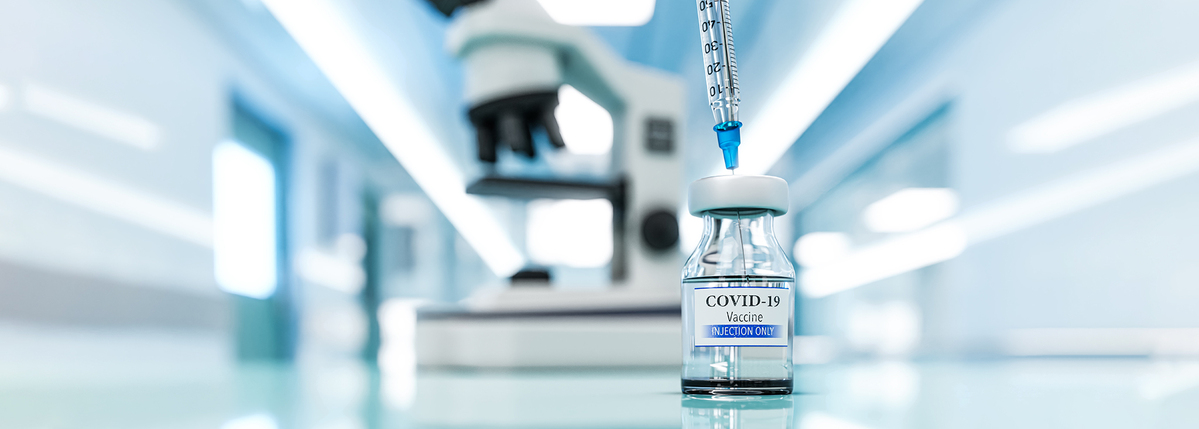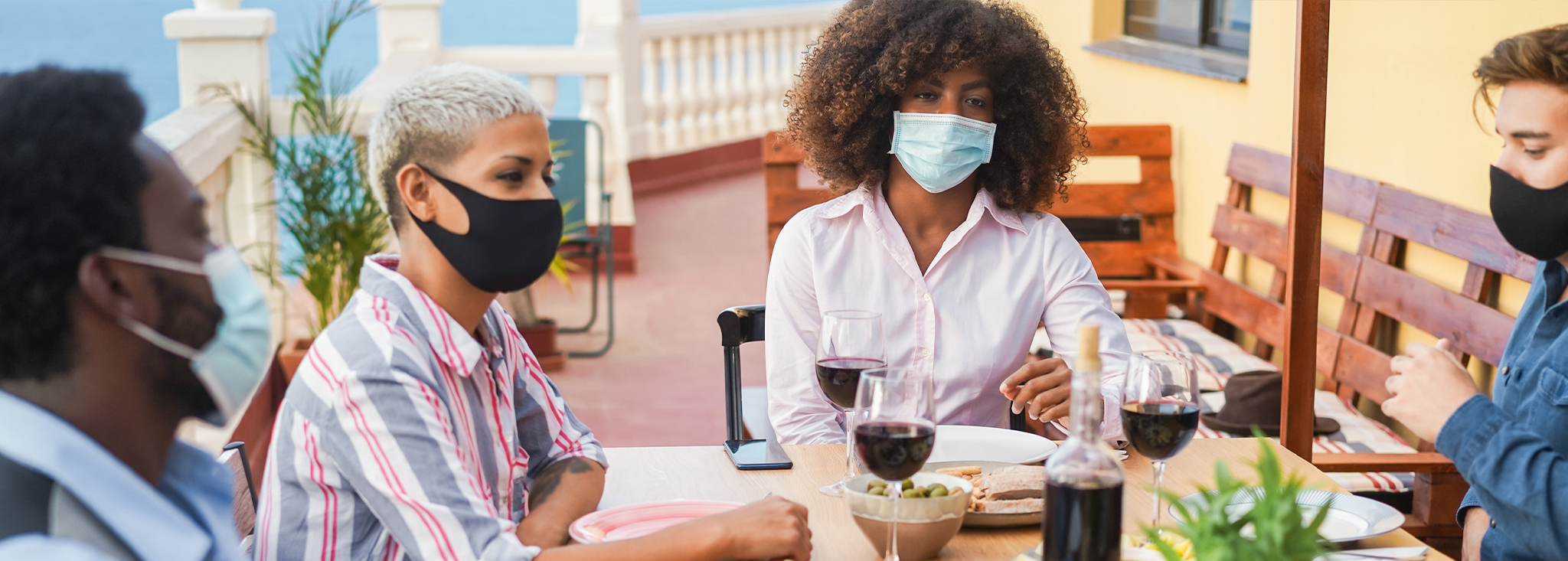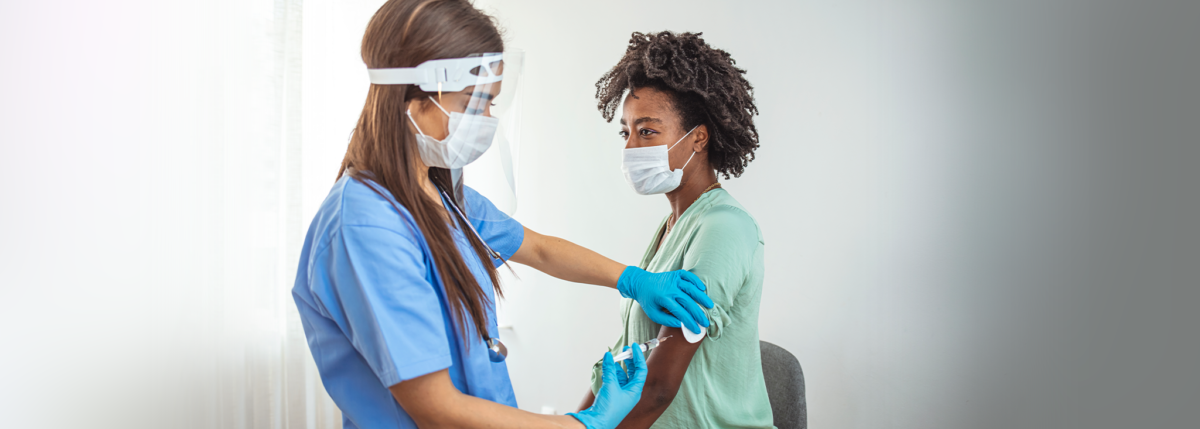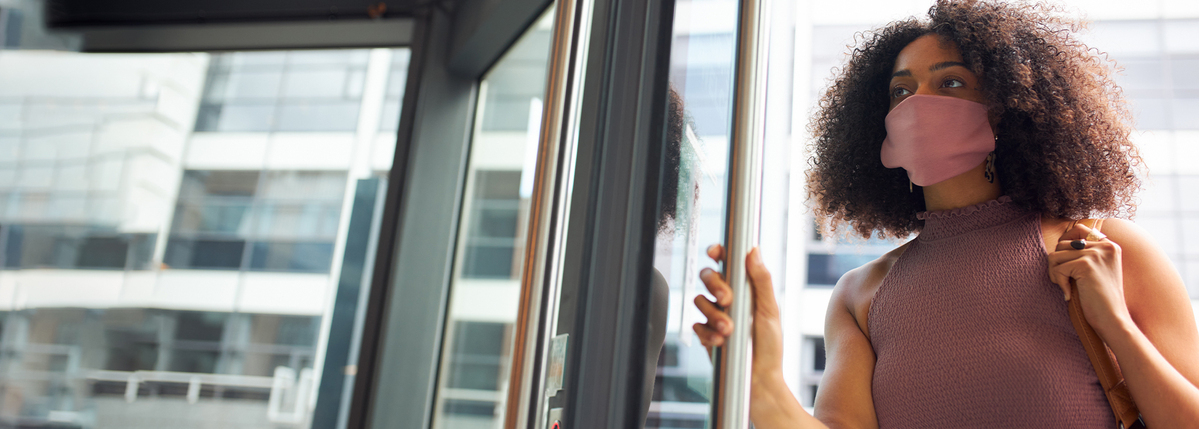Think You Have COVID-19? Here’s What To Do
Written by: Jordan Dakin
4 minute read
March 18, 2020
Do you think you've contracted coronavirus? Here are immediate steps to take to ensure you best treat yourself and limit the impact you have on those around you.
Editor’s Note: We have a simple goal: tap into the power of the global diabetes community to save lives. Visit coronavirusdiabetes.org to learn more about what you can do as a person with diabetes to keep yourself and others safe from COVID-19 until we’re all safe.
This content has been verified by Kimber Simmons, MD, MS. She is is an assistant professor of Pediatrics at the Barbara Davis Center for Diabetes in Aurora, CO. In addition, she serves on the Beyond Type 1 Science Advisory Committee.
This article was published in March 2020 and was last updated on November 2, 2021.
According to the Centers for Disease Control and Prevention (CDC), if you have contracted (COVID-19) or believe you may have because you have the recognized symptoms of fever, cough, or shortness of breath, there are necessary steps you should take to reduce the impact on those around you and those in your community.
Do not panic. If you have mild symptoms, the CDC does not recommend seeing a healthcare provider. Make sure to get plenty of rest, drink fluids and take pain and fever-reducing medication (acetaminophen) if needed. If you are over age 60 or have a chronic medical condition like heart disease, lung disease, a compromised immune system or kidney disease, your healthcare provider may want to evaluate you in person.
Keep your blood sugar levels in a tight range as much as possible. While type 1 diabetes does not put anyone more at risk for COVID-19, consistently elevated blood sugar levels make you more susceptible to getting COVID-19 and experiencing more severe symptoms of the disease. It can be difficult to keep blood sugar levels in range, especially when you’re sick, but this can make a big difference in overall outcomes. If blood sugar levels are consistently elevated and you cannot get them to come down, keep in consistent contact with your doctor. Check for ketones early and often. If you have medium to high ketones, seek medical care.
Call your doctor. If you have fever, cough, or shortness of breath and think that you have been exposed to COVID-19, use telehealth or phone to contact your healthcare provider. In most cases, a visit to a medical office is NOT required, and advice for supportive care can be given over the phone or computer. If you already have an appointment for another reason, reschedule if possible. If your appointment can’t be delayed or rescheduled, call ahead to warn the office that you may have COVID-19 so that they can appropriately prepare and protect themselves and others.
Stay home + self-isolate. Except when advised to get medical care, stay home. Those with mild cases of COVID-19 are able to recover at home. Do not go to work or school. Avoid public areas and public transportation. Quarantine yourself from others in your home, staying in one designated room if possible. Avoid other people, as well as pets and animals.
Take proper precautions. Cover your mouth and nose with coughs and sneezes using a tissue or your inner elbow. Wash your hands often and thoroughly (for at least 20 seconds with warm water and soap). Avoid sharing items like dishes, glasses, utensils, towels and bedding and be sure to wash thoroughly with soap and water after each use. Clean and disinfect frequently touched surfaces within your isolated area with a household cleaning spray or wipe and have a caregiver clean surfaces throughout the rest of the home.
If symptoms worsen, seek medical care. If you have a high fever that won’t go away with a fever-reducing medication, difficulty breathing, chest pain, blueish lips or are not able to drink fluids or urinate, seek medical attention. If you have medium to high ketones, seek medical attention. COVID-19 can make complications from diabetes like diabetic ketoacidosis (DKA) harder to deal with, so get help quickly if you start to notice the symptoms of DKA. Call ahead before going to the doctor’s office or emergency room and tell a healthcare professional your symptoms. They will know how best to instruct you. Wear a face mask before you enter a medical building if possible.
The Diabetes Disaster Response Coalition (DDRC) has outlined steps for those with diabetes who have or think they may have contracted Coronavirus.
Continue with routine therapy + be mindful of DKA risks. People with diabetes should monitor blood sugar levels and check for the presence of ketones more than they normally would, as viral infections come with an increased risk of DKA. This is also crucial as you may be eating and drinking less or taking medicine to address fever, aches and pains. Be mindful that it might be necessary to take more insulin to bring down higher blood glucose levels. Seek emergency assistance if you have moderate or large ketones or other DKA symptoms such as nausea, vomiting, abdominal pain, a fruity breath odor, or shortness of breath.
Drink plenty of water + avoid dehydration.
Be mindful of potential device malfunctions. Some continuous glucose monitors (CGMs) (Dexcom G5, Medtronic Enlite, Guardian) can have false blood glucose readings when taking acetaminophen, which is used to treat fever and aches. Use finger sticks to monitor blood glucose levels (BGs) when taking acetaminophen if you wear one of these CGMs.
Stock necessary supplies. Currently, there are no disruptions in the type 1 diabetes (T1D) supply chain. Still, you need to be prepared in the event that you need to self-quarantine. Contact your doctor, ensure all your prescriptions are up to date and have as many refills as possible. Back up your methods—if you’re using a pump, have long-acting insulin just in case. Contact your insurance company to understand policies around emergency refills. When possible, and especially if sick, request prescriptions to be sent by mail.

Author
Jordan Dakin
Jordan earned her BA in English and film studies at University of California, Los Angeles. She is a passionate storyteller, traveler and lover of people and hopes to use her experience working in tech and as a writer to advocate for the BT1 community. In her spare time, she also enjoys hiking, karaoke and cooking for friends. Check her out on Instagram: @jordanemilydakin.
Related Resources

Editor’s Note: We have a simple goal: tap into the power of the global diabetes...
Read more

Editor’s Note: We have a simple goal: tap into the power of the global diabetes...
Read more

Editor's Note: A version of this article first appeared at BenaroyaResearch.org from Benaroya Research Institute at...
Read more

